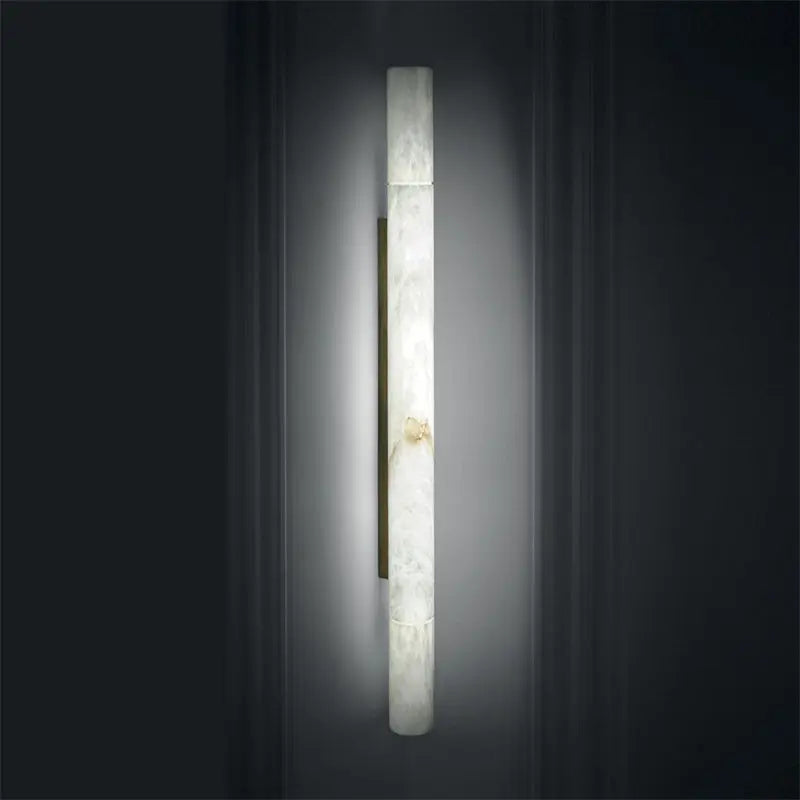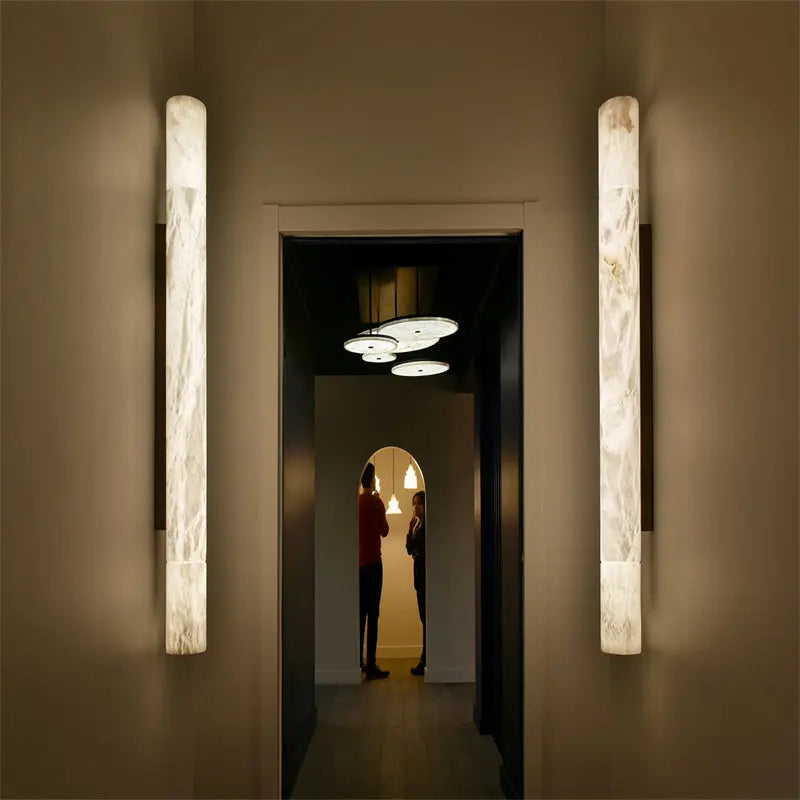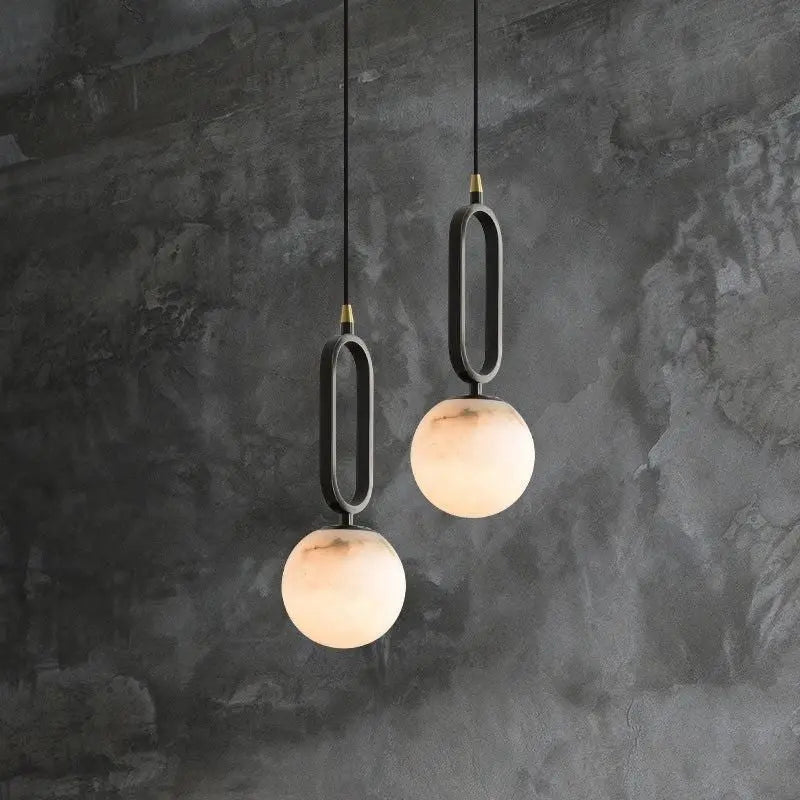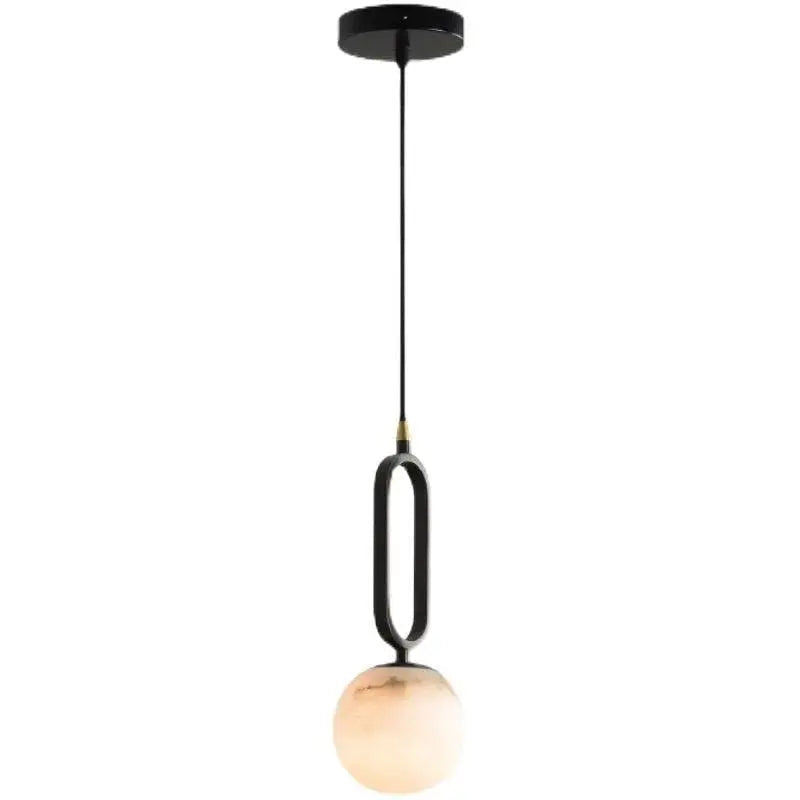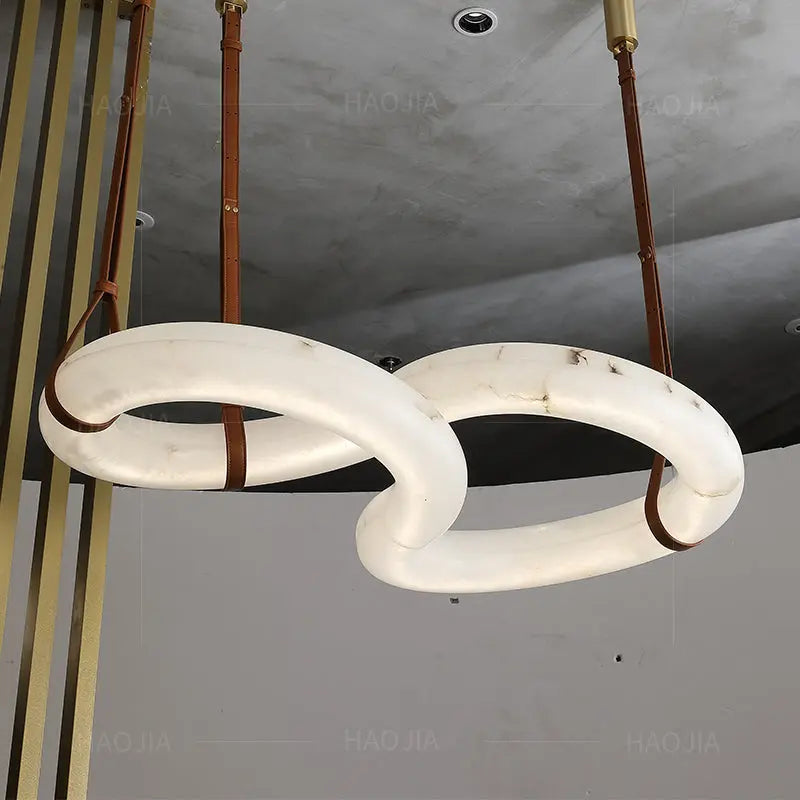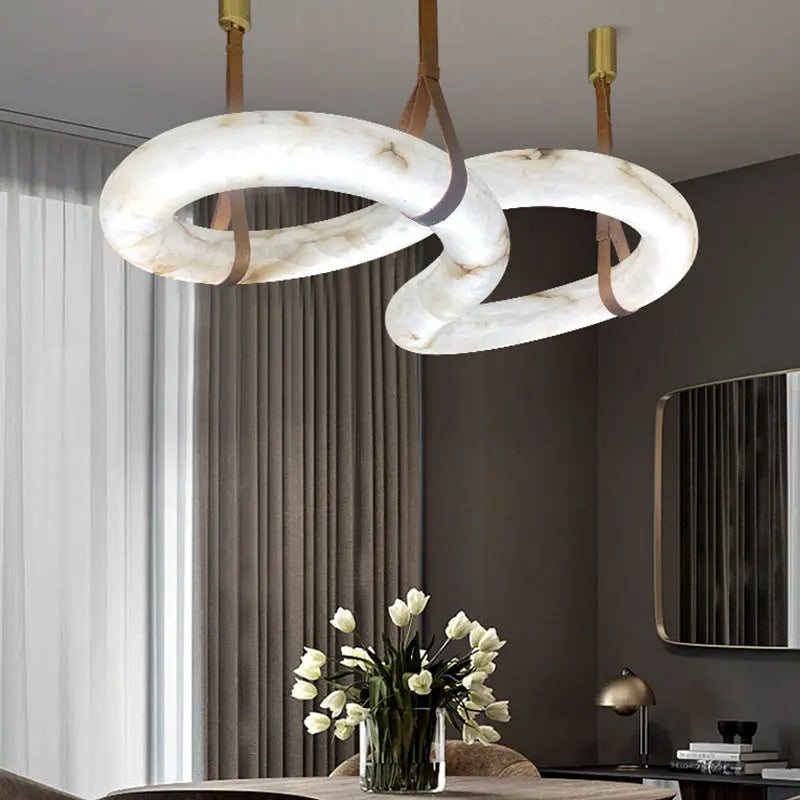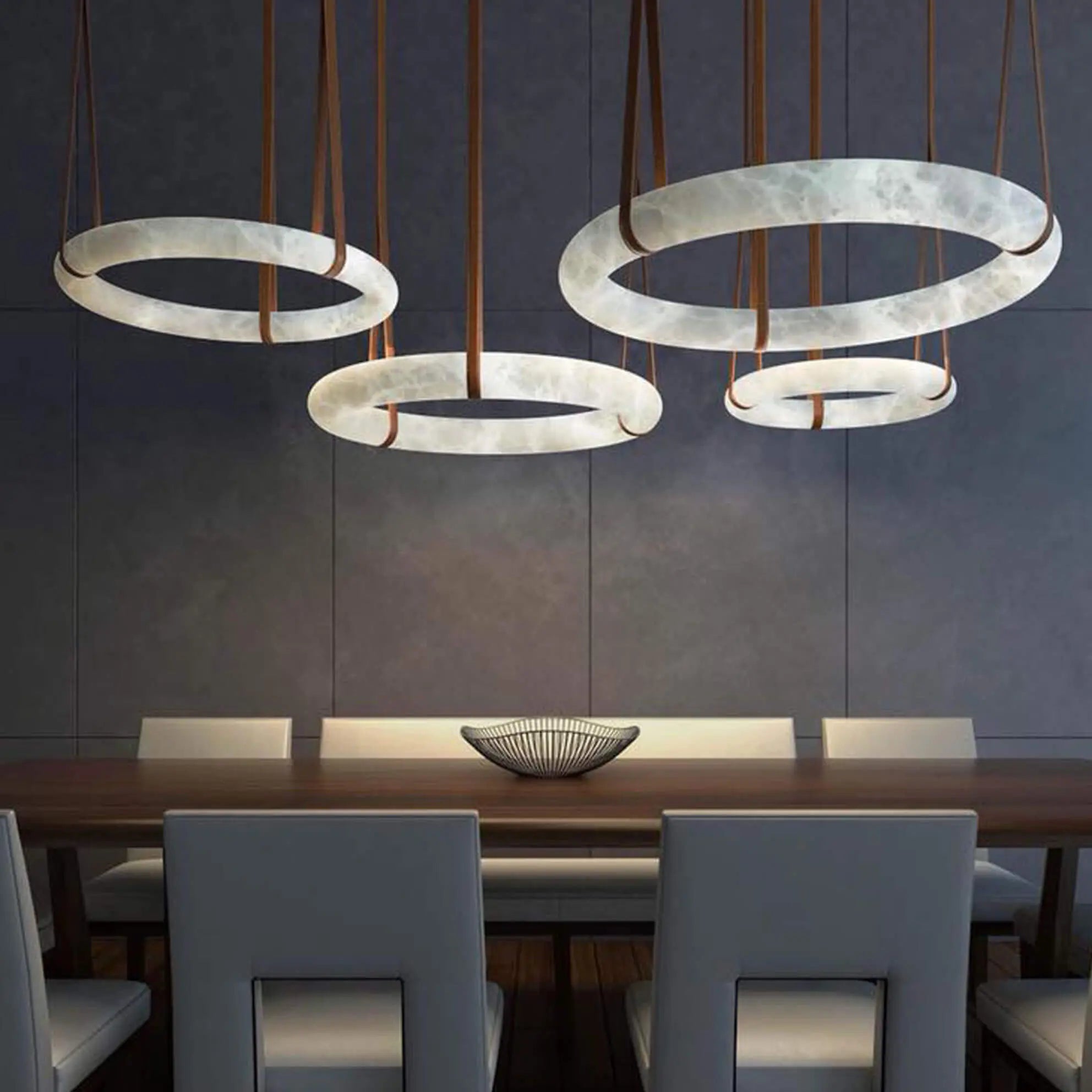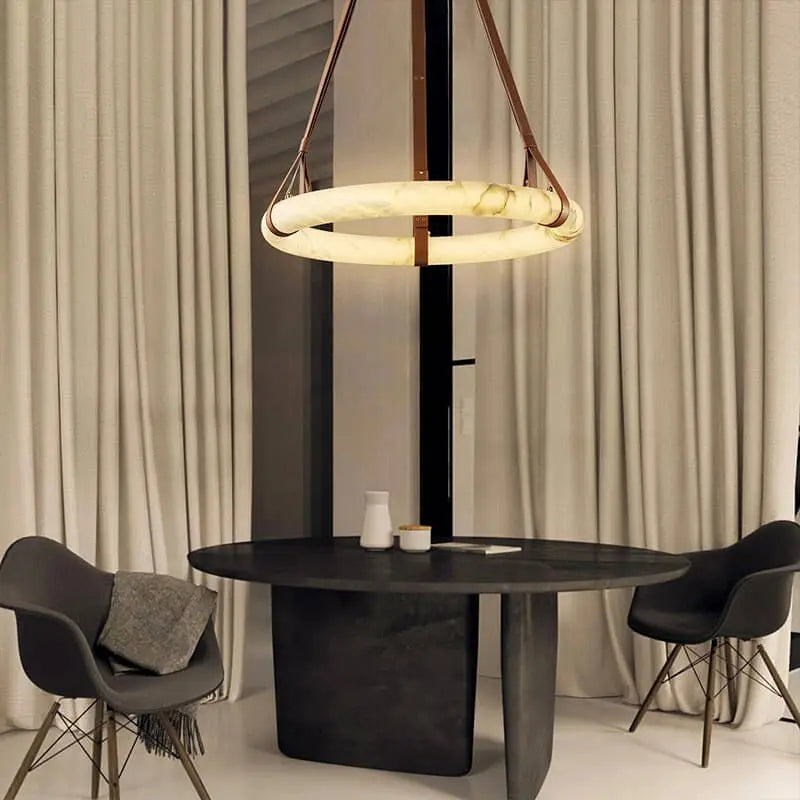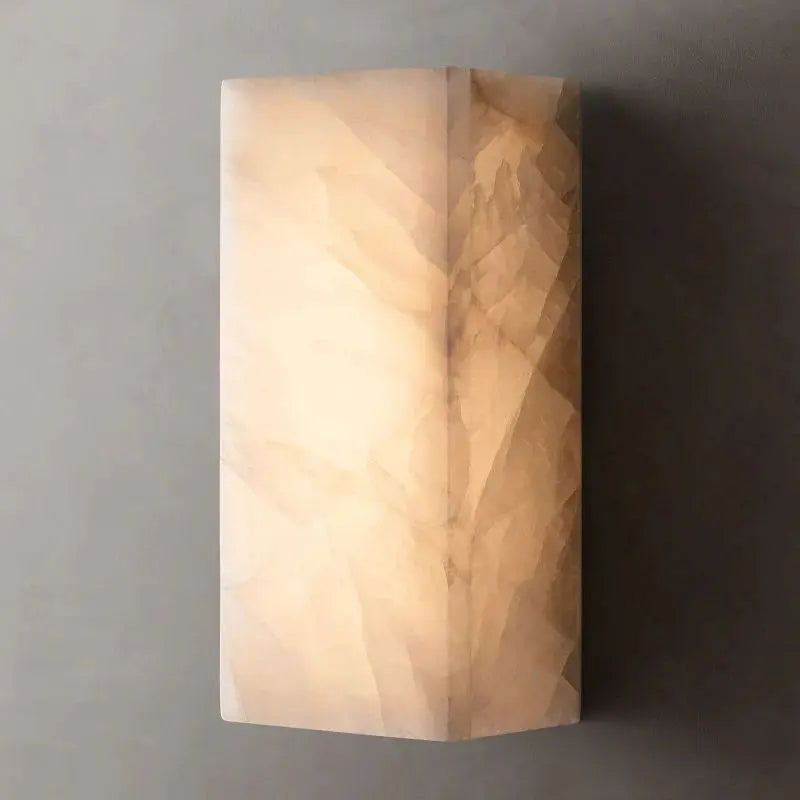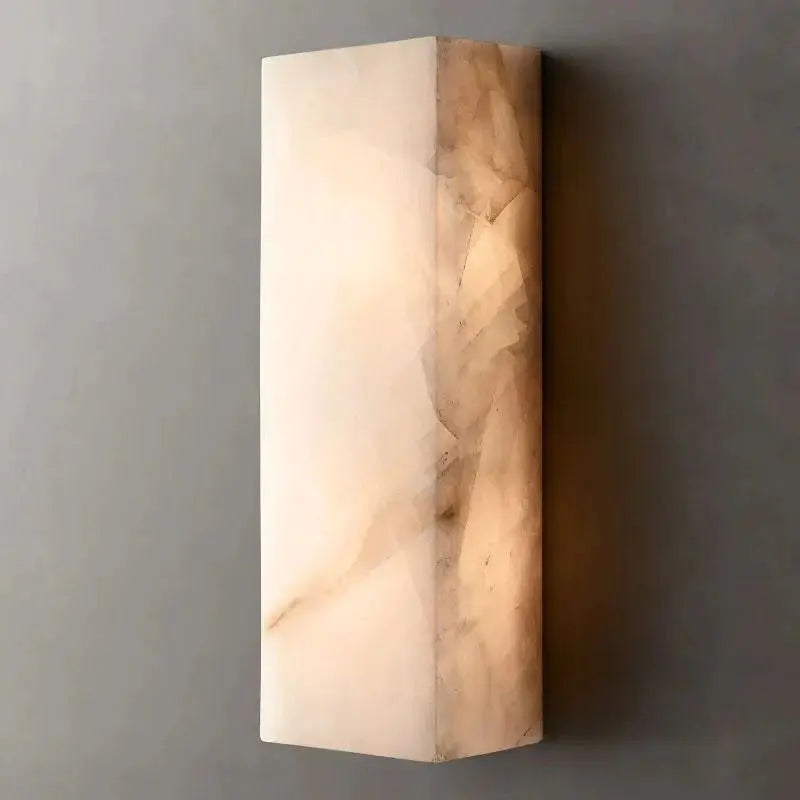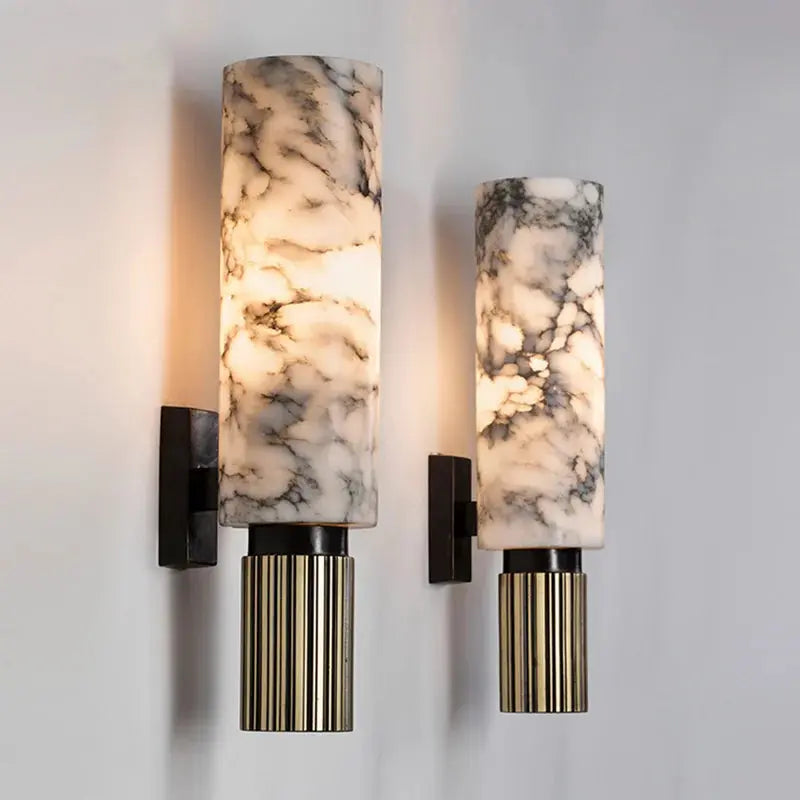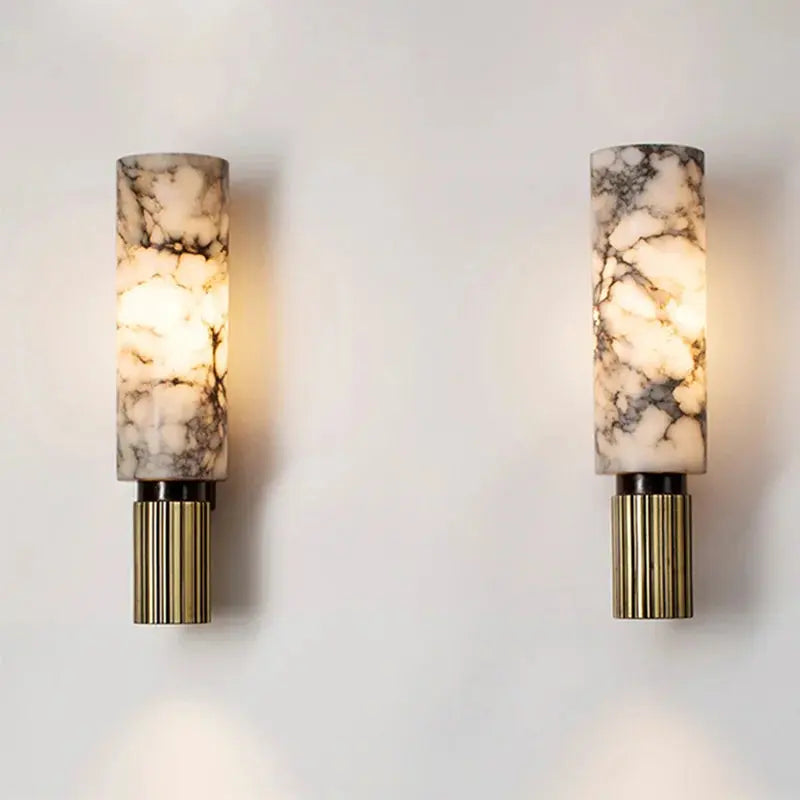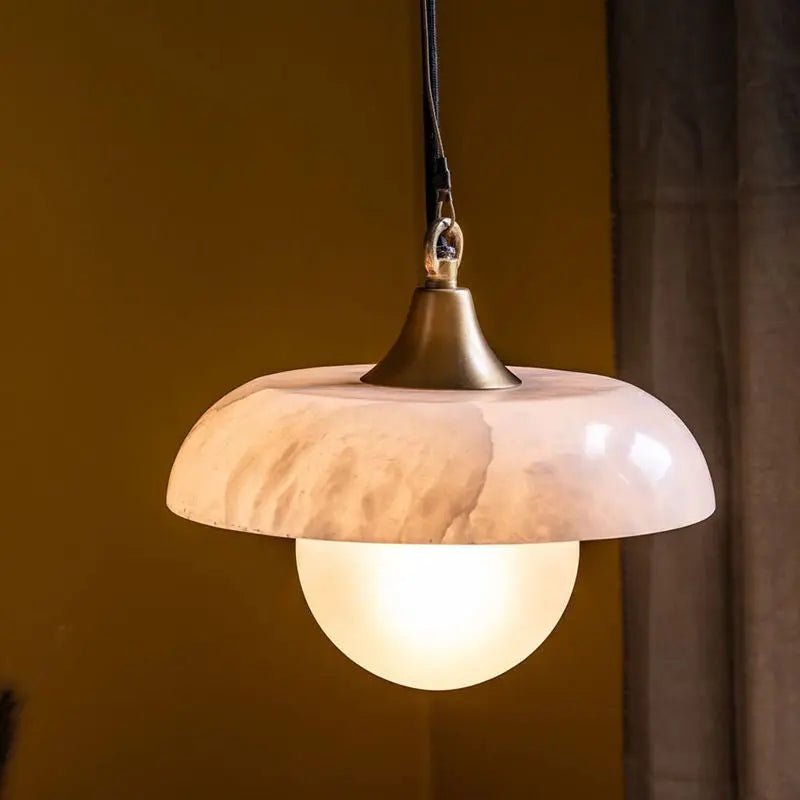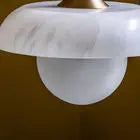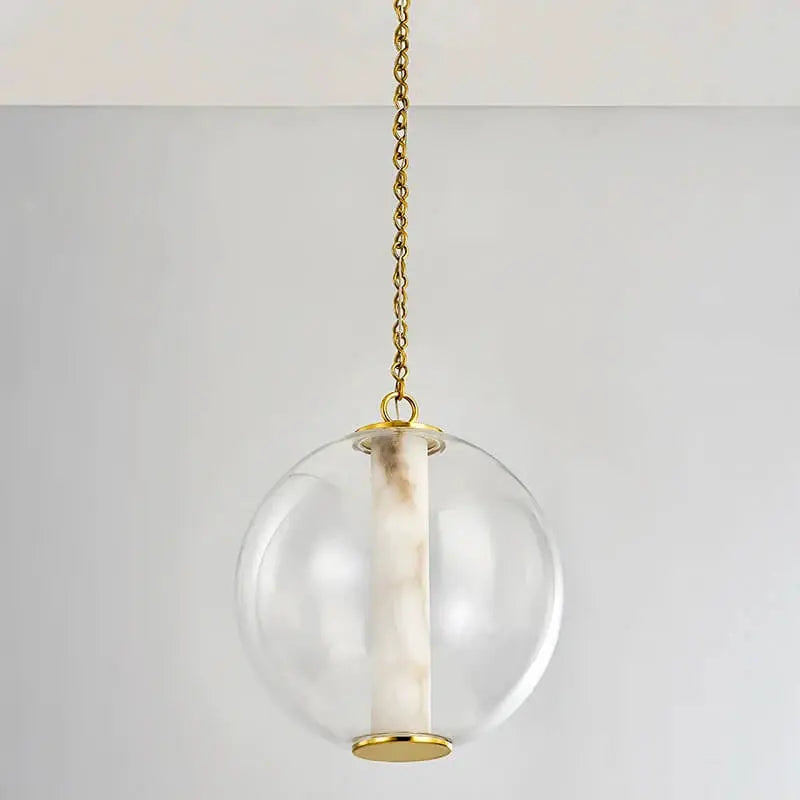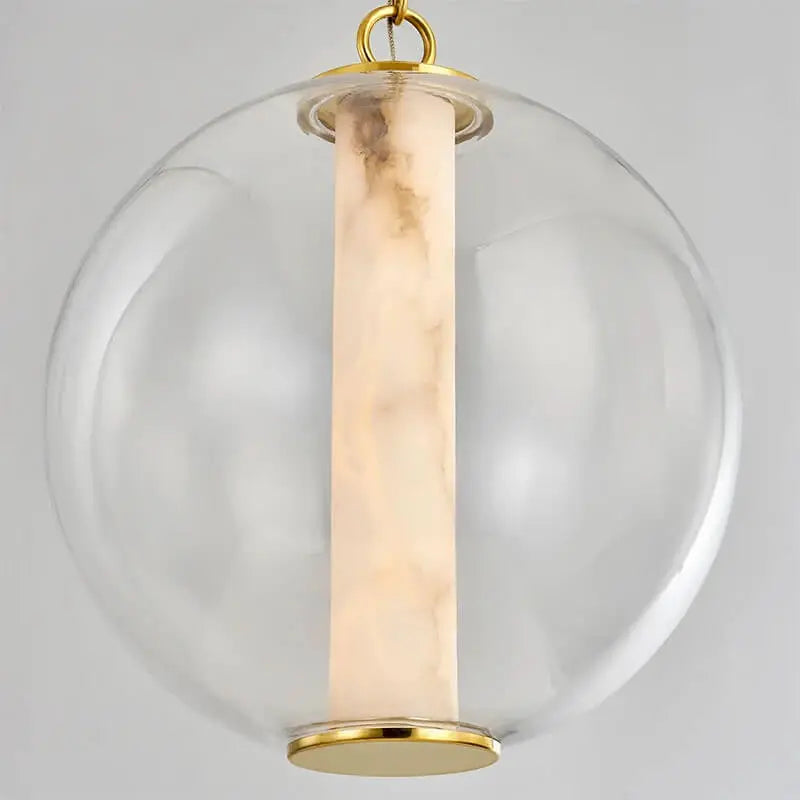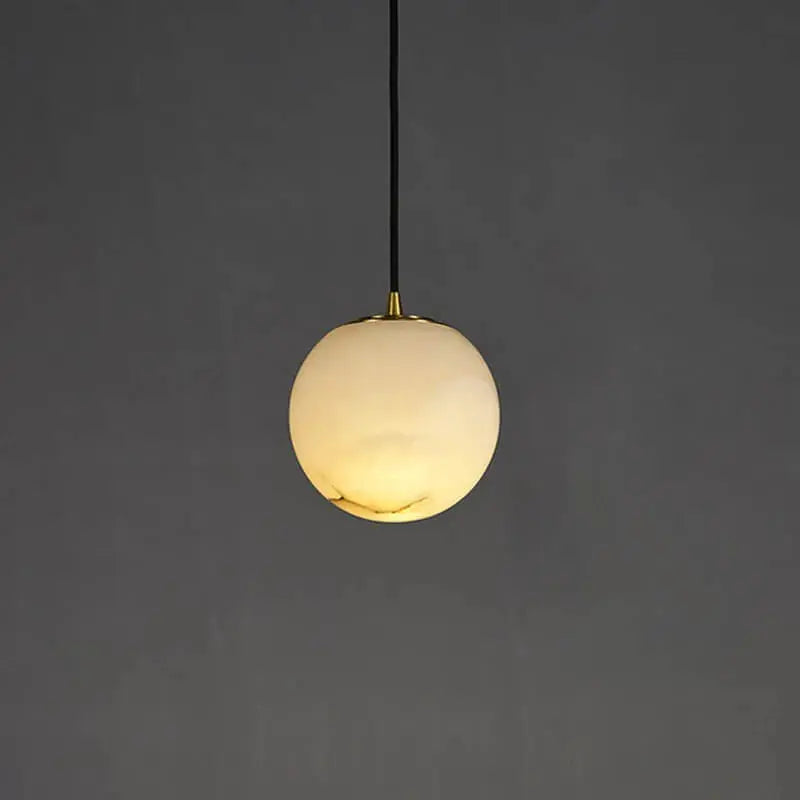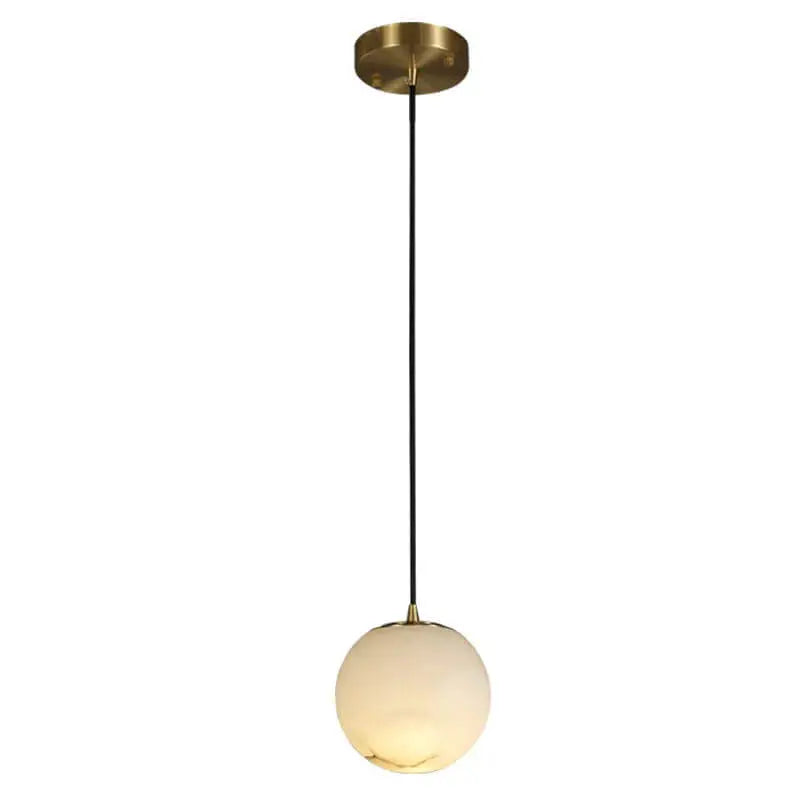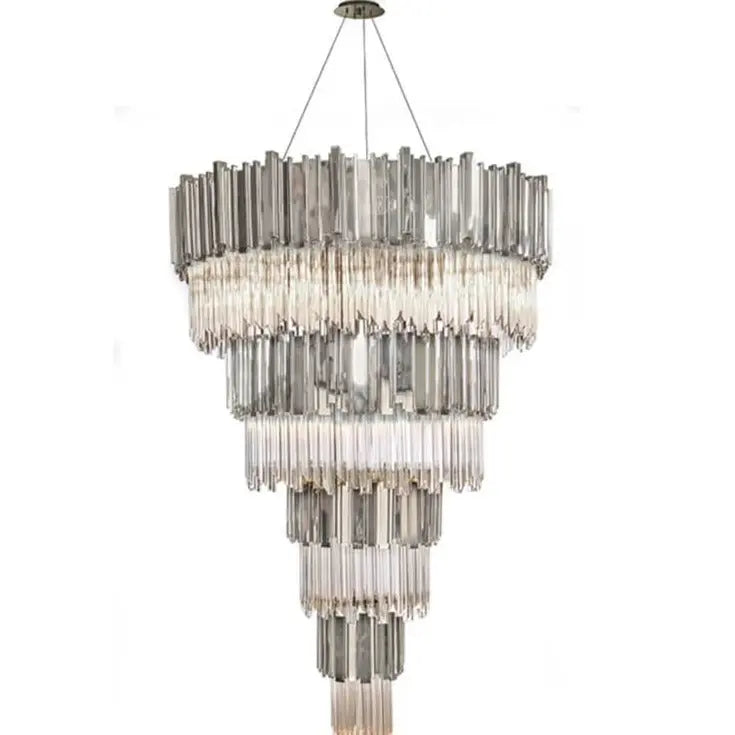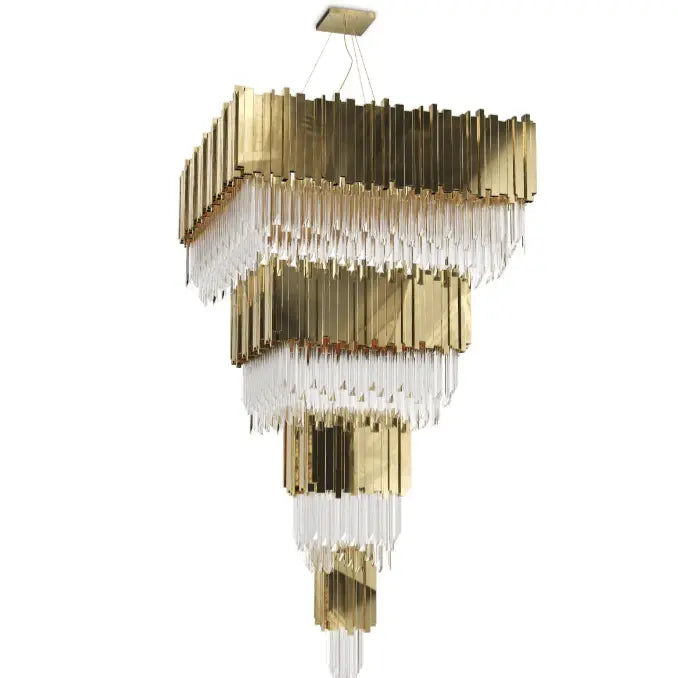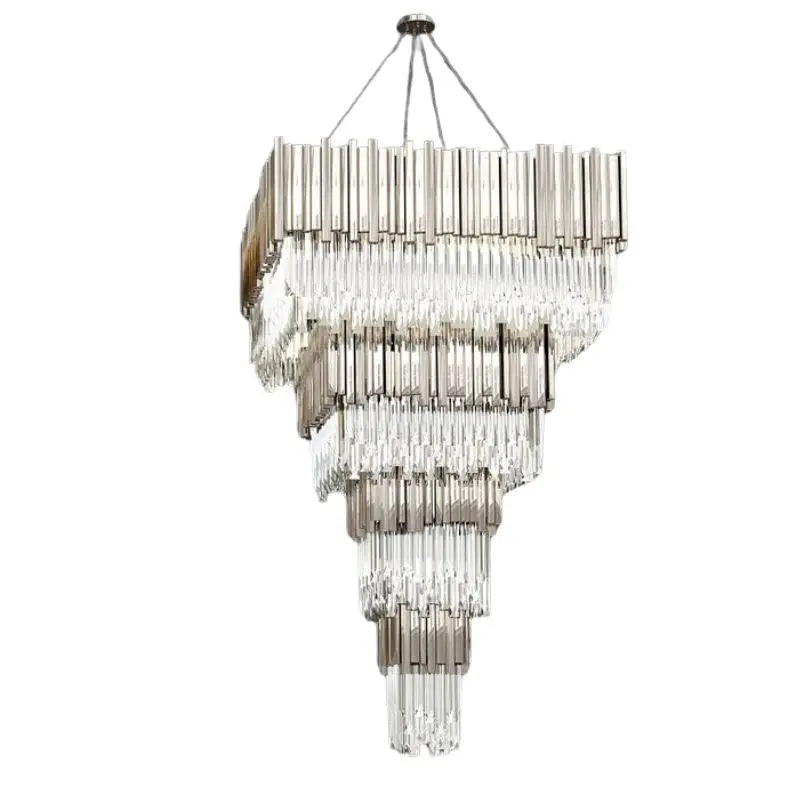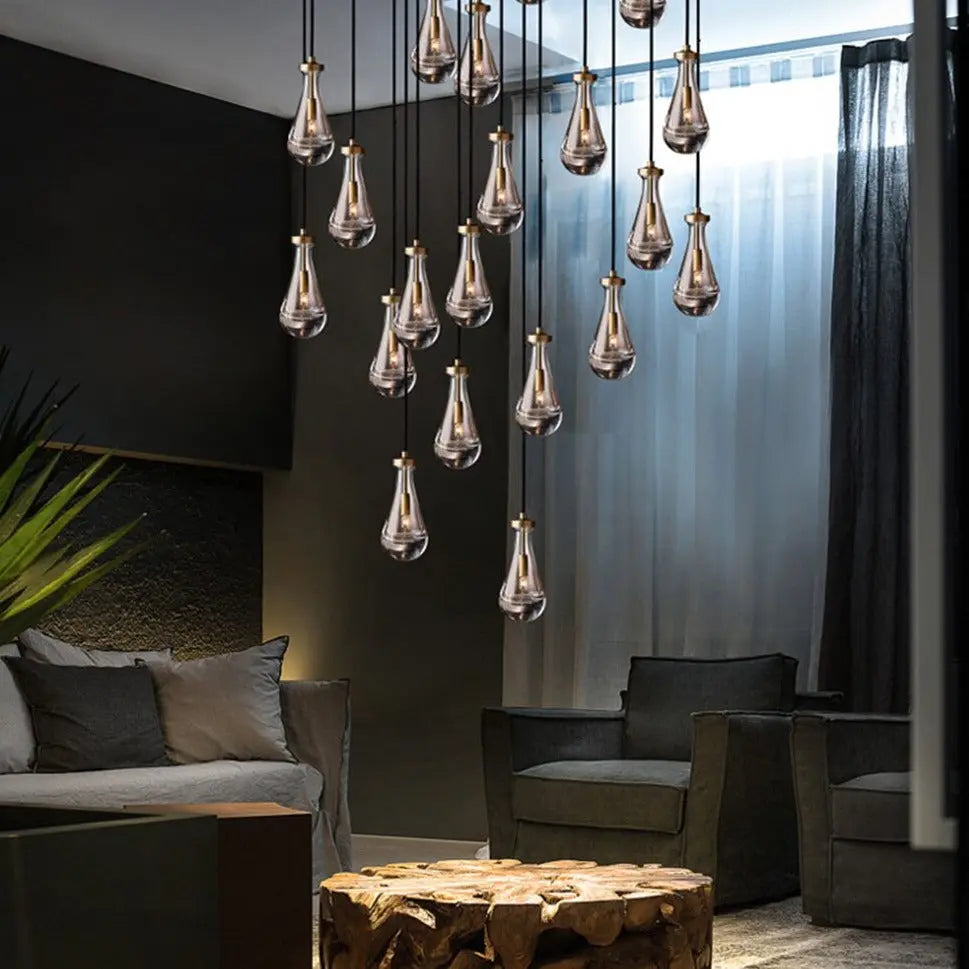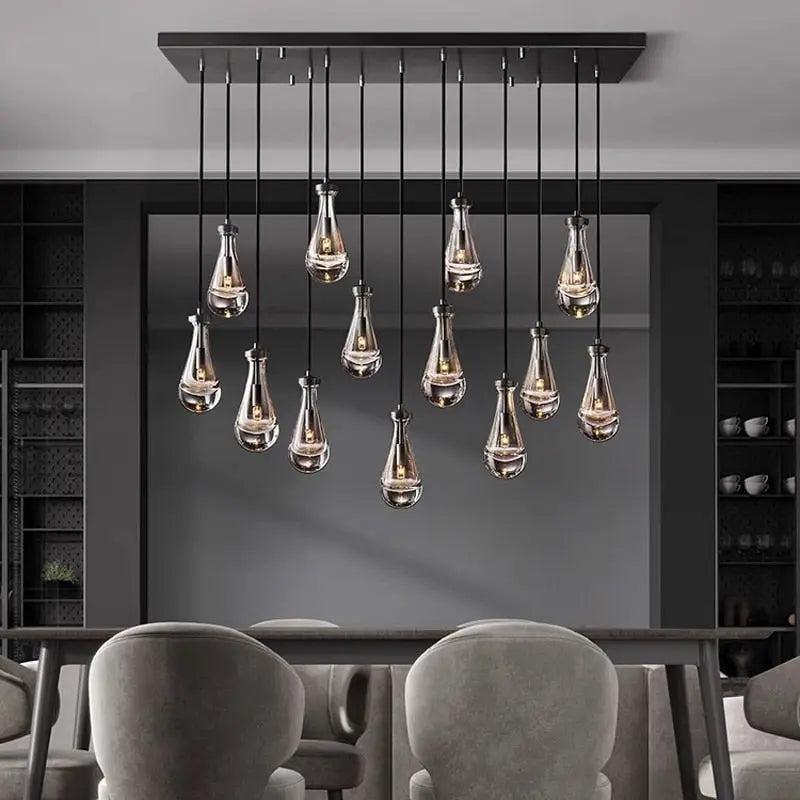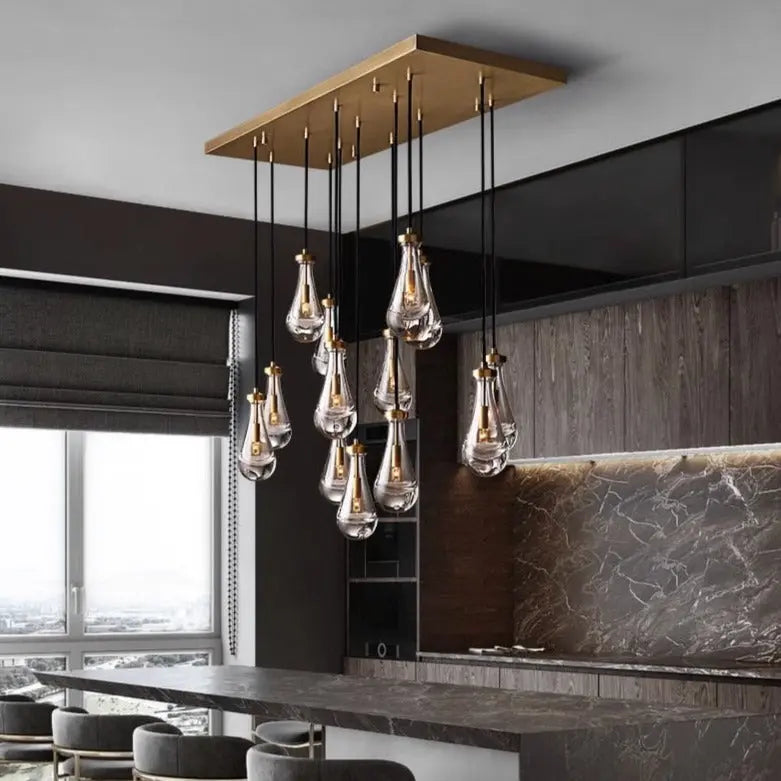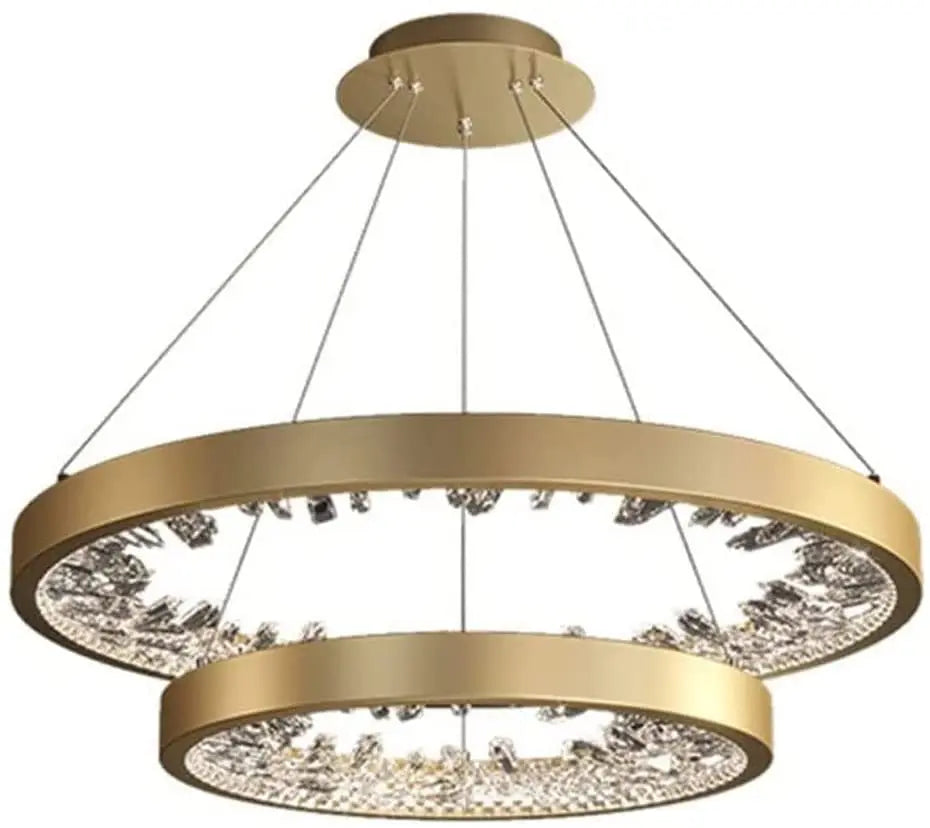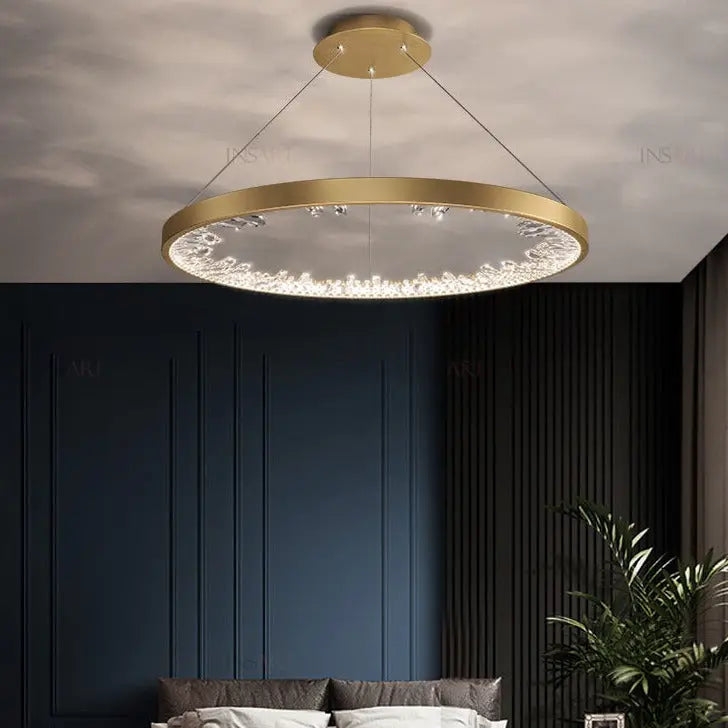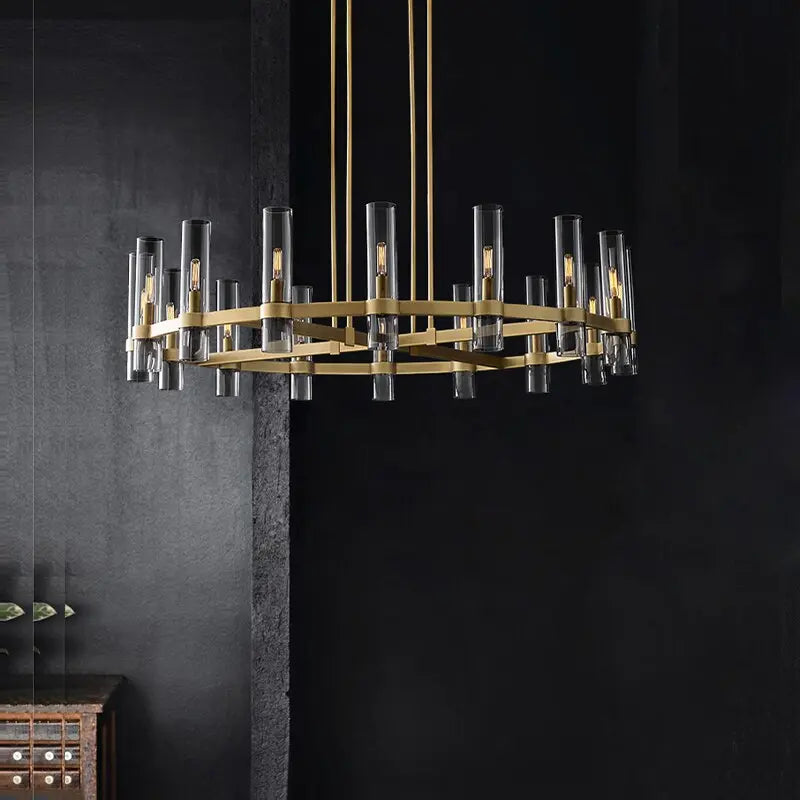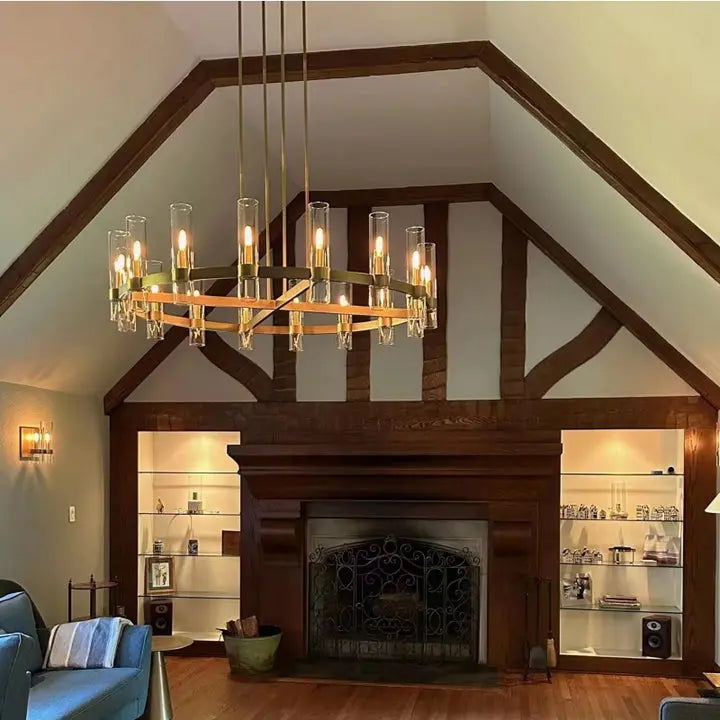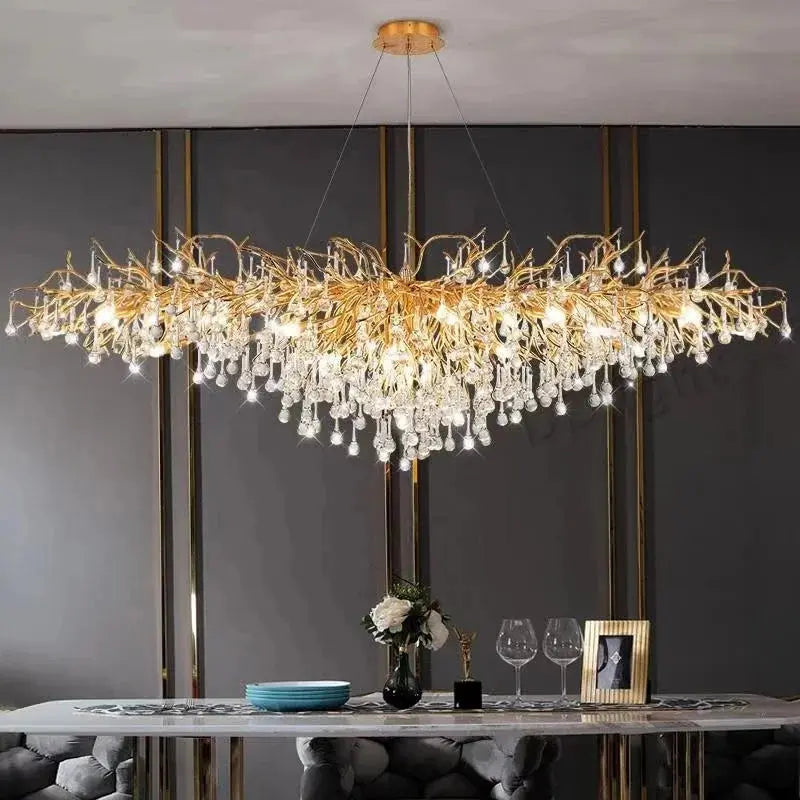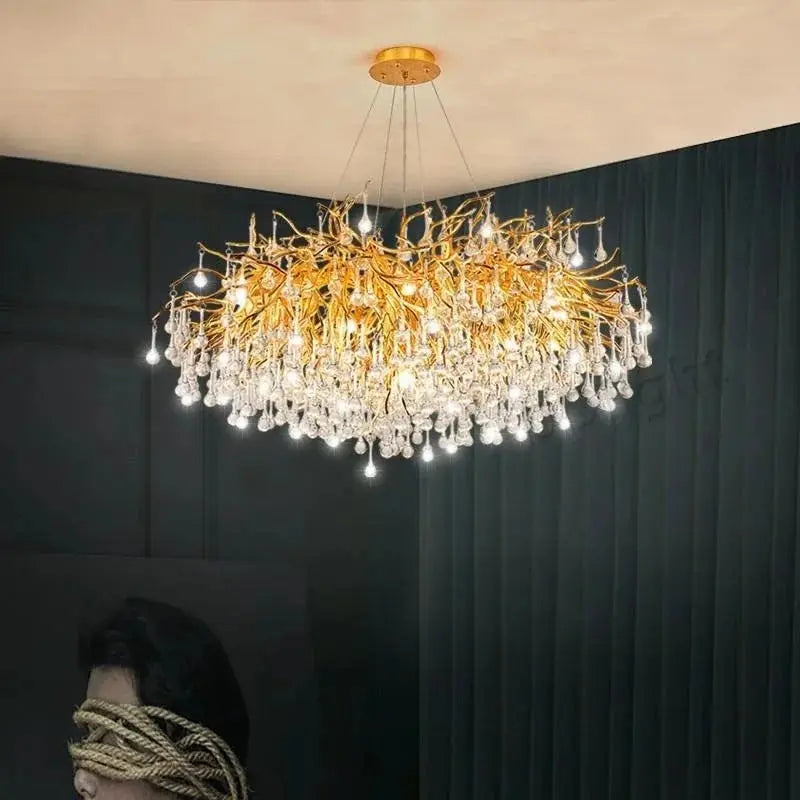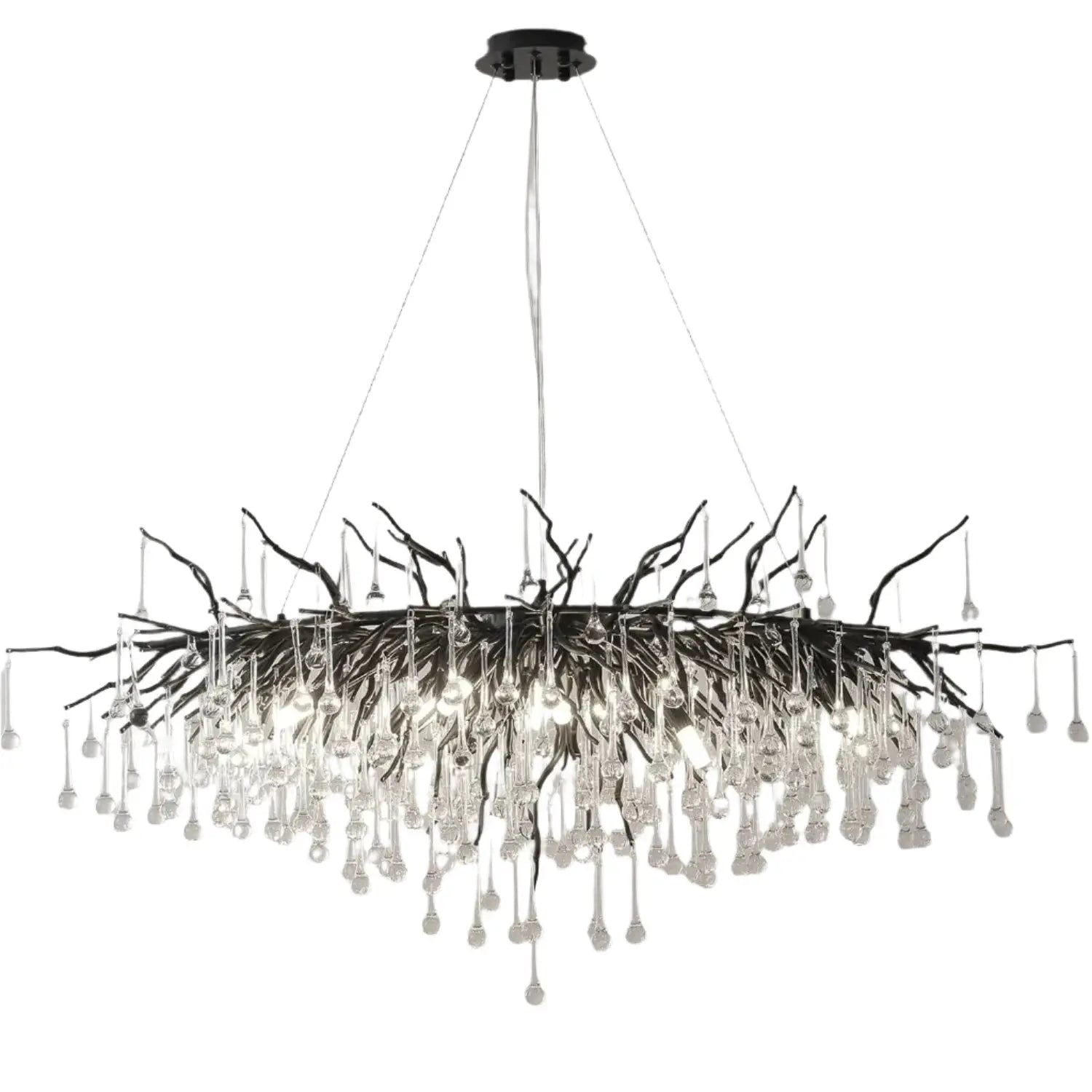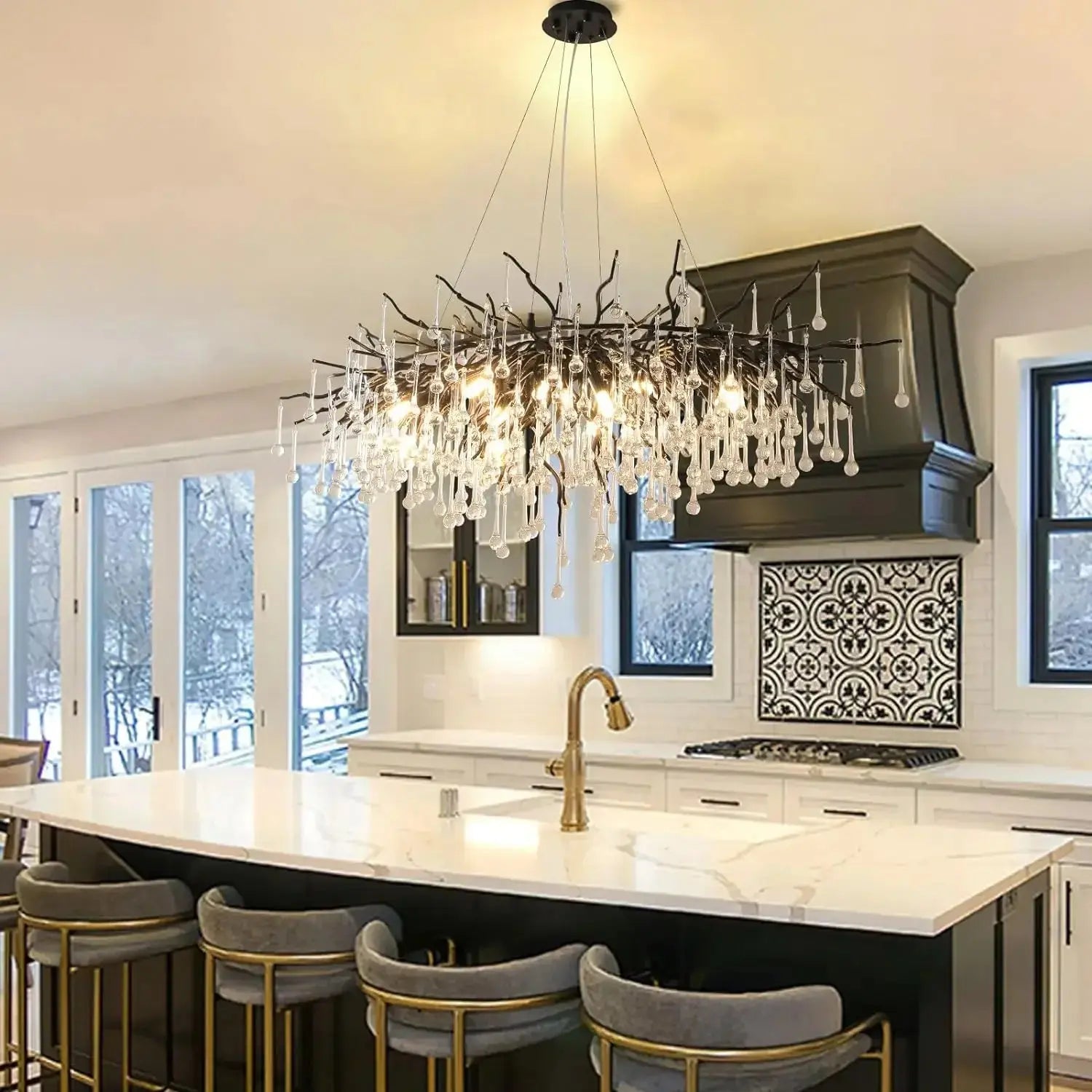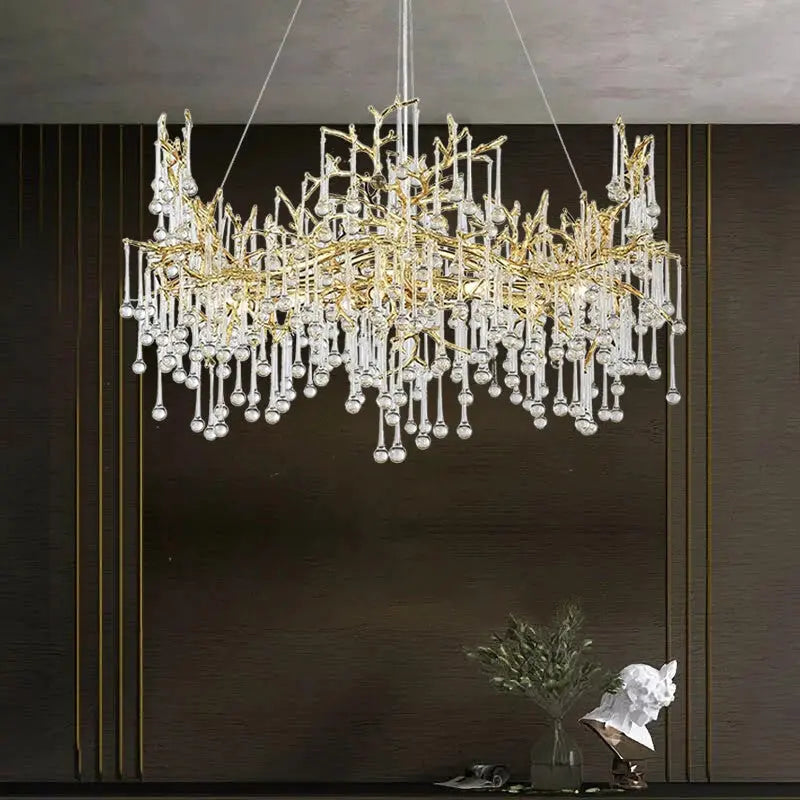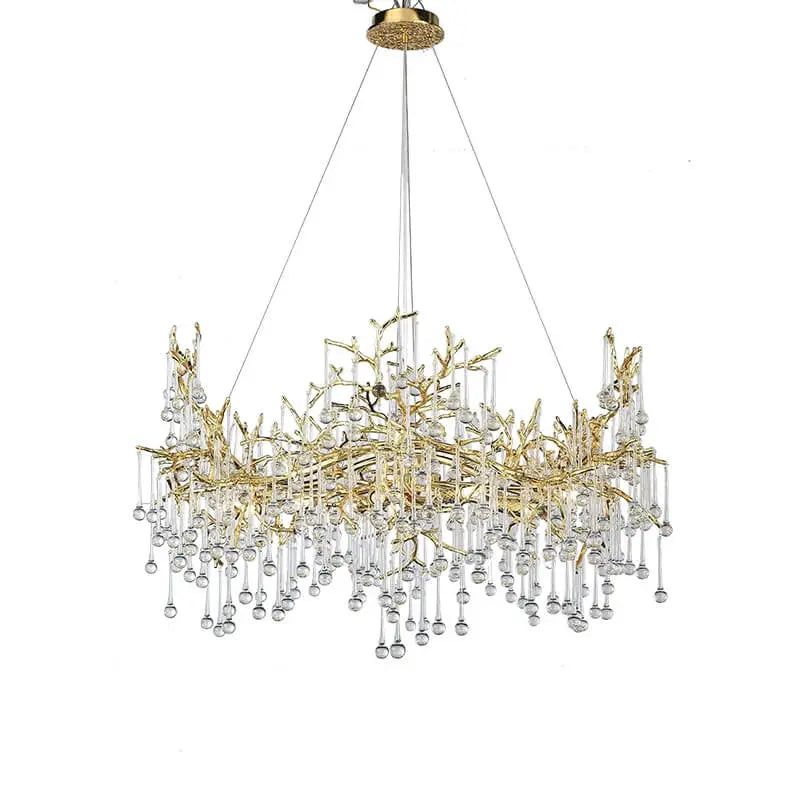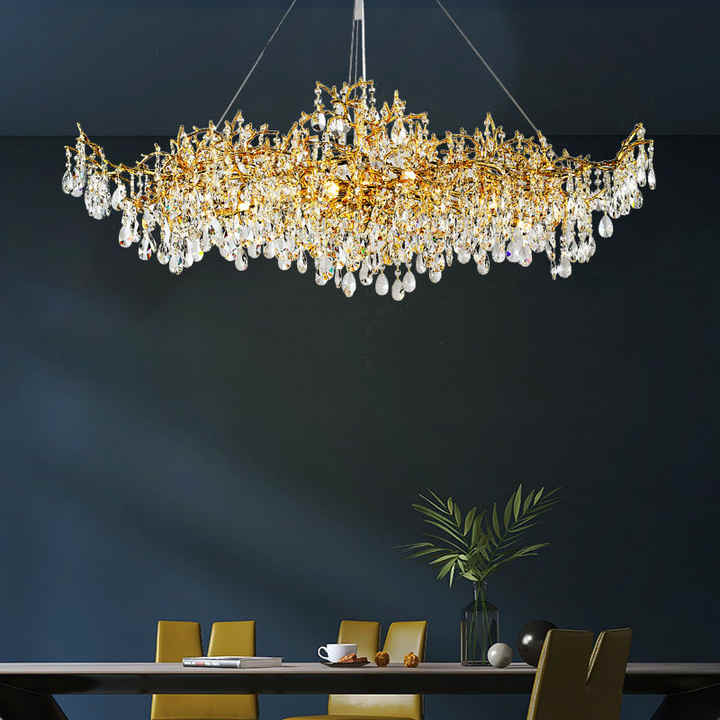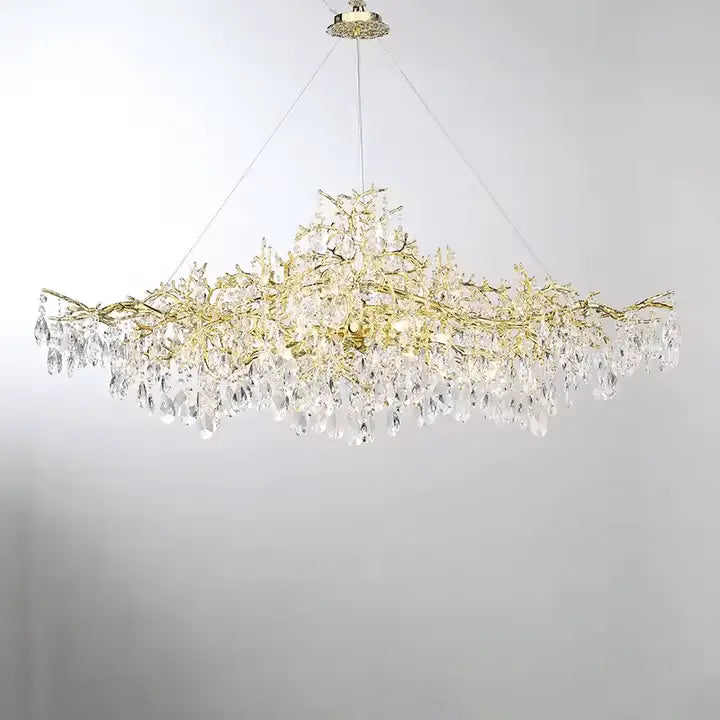The 1990s were a vibrant time for home design, marked by bold colors, unique furniture styles, and a blend of textures that still evoke nostalgia today. As we look back at the home interiors catalog of the 1990s, we see a mix of playful and eclectic designs that defined the decade. From the iconic decor elements to the influence of pop culture, the 90s left an indelible mark on how we decorate our spaces. Join us as we explore these timeless designs and see how they can inspire modern interiors.
Key Takeaways
- The 90s were characterized by bold, vibrant colors like neon and earthy tones.
- Furniture styles included multifunctional pieces, bean bags, and iconic sofas.
- Textures like faux finishes and soft fabrics were popular in home decor.
- Pop culture, including TV shows and music, heavily influenced interior design trends.
- Many 90s design elements are making a comeback in modern interiors, blending nostalgia with contemporary style.
The Bold Colors of 90s Home Interiors
The 1990s were a wild time for interior design, and nothing screams '90s quite like the bold color choices people made. Forget subtle – we're talking in-your-face hues that made a statement. It was all about expressing yourself, and color was the easiest way to do it. Let's take a look at some of the trends.
Vibrant Hues That Defined the Era
Think back to the '90s – what colors come to mind? Probably not beige! The decade was all about bright, saturated colors. Teal, hot pink, electric blue, and sunshine yellow were everywhere. These weren't just accent colors; people painted entire rooms in these shades! It was a bold move, but it definitely made an impact. These colors were often paired with white or black to create a striking contrast. A stylish chair with a yellow touch, perfectly captures the eclecticism and fun of the time and takes center stage in the middle of this blue palette.
The Comeback of Neon Accents
Neon wasn't just for clothing and accessories; it made its way into home decor too. Neon signs, picture frames, and even furniture accents added a playful, edgy vibe to any space. A neon pink lamp against a teal wall? Peak '90s! It was all about adding a touch of fun and rebellion to your home. While maybe not everyone had full-on neon rooms, a few well-placed neon accents could really brighten up a space. The sofa and chairs showcase the same lively hue, infusing the space with vibrancy.
Mixing and Matching Colors for Impact
One of the defining characteristics of '90s color schemes was the willingness to mix and match seemingly clashing colors. Purple and orange? Green and pink? Why not! It was all about creating a unique and eye-catching look. This approach wasn't for the faint of heart, but when done well, it could result in a truly memorable and expressive space. A soft style rug invites you to sink into its comforting embrace every morning.
The '90s were a time of experimentation and self-expression, and that definitely translated into home decor. People weren't afraid to take risks and try new things, and that's what made the decade so unique. It was a time of bold choices and unapologetic style.
Nostalgic Furniture Trends from the 1990s
Iconic Sofa Styles and Shapes
The 90s sofas were all about comfort and making a statement, even if that statement was, "I like things comfy!" Think oversized sectionals, often in pinky orange or teal. These sofas weren't just furniture; they were practically living spaces themselves. Remember those floral patterns? They were everywhere! And don't forget the puffy, rounded shapes – sharp angles were definitely out. It was a time of embracing curves and coziness.
The Rise of Bean Bags and Inflatable Furniture
Okay, let's be real, who didn't have a bean bag chair in the 90s? These things were the epitome of casual seating. They came in every color imaginable, and sinking into one was like getting a hug from your furniture. And then there was inflatable furniture. Clear plastic chairs filled with air? Peak 90s! They were cheap, lightweight, and undeniably fun, even if they weren't the most durable furniture & lighting catalogs around.
Multifunctional Pieces for Small Spaces
With the rise of urban living, space became a premium, and 90s furniture designers responded. Futons were a staple, transforming from sofas to beds in a snap. Coffee tables with hidden storage? Genius! Anything that could serve multiple purposes was a winner. This trend wasn't just about saving space; it was about practicality and making the most of what you had.
I remember my first apartment. It was tiny, but I managed to cram in a futon, a coffee table with storage, and, of course, a bean bag chair. It wasn't stylish, but it was functional, and that's what mattered back then.
Here's a quick look at some popular multifunctional furniture:
- Futons
- Storage ottomans
- Convertible coffee tables
- Wall-mounted desks
These pieces helped maximize space and minimize clutter, a necessity for many 90s homes. The focus was on making life easier and more efficient, even if it meant sacrificing some style points. The bed was often the centerpiece, simple yet inviting.
Textures and Materials That Shaped 90s Design
The 1990s were a fascinating time for interior design, and a big part of that was the textures and materials that were popular. It wasn't just about color; it was about how things felt and what they were made of. Let's take a trip down memory lane and explore some of the defining elements.
The Popularity of Faux Finishes
Faux finishes were HUGE. Think sponge painting, rag rolling, and stenciling. People were all about creating depth and texture on their walls without actually using expensive materials. It was a way to add character and visual interest to a room without breaking the bank. I remember my aunt's kitchen had a faux brick wall that she was so proud of. It might look dated now, but back then, it was peak style. It was all about colorful resurgence and making things look a little extra.
Embracing Stainless Steel and Glass
While the '80s had its gold and brass, the '90s saw a shift towards cooler, more modern materials. Stainless steel appliances became increasingly popular, giving kitchens a sleek, professional look. Glass tables and shelving units were also common, adding a touch of lightness and airiness to spaces. It was a move towards minimalism, even if it wasn't quite as stark as what we see today. The goal was to create clean lines and a sense of sophistication. It was a big change from the opulent excess of the previous decade.
Soft Fabrics and Patterns in Home Decor
Despite the rise of harder materials like stainless steel, soft fabrics still played a major role in '90s interiors. Think plush carpets, comfy sofas, and patterned curtains. Floral prints, geometric shapes, and even some bold, abstract designs were all the rage. These fabrics added warmth and personality to rooms, balancing out the cooler elements. It was all about creating a cozy and inviting space where you could relax and unwind. The rug was a key element in tying the room together.
I remember spending hours flipping through catalogs, trying to find the perfect floral print for my bedroom curtains. It had to be just the right shade of pink and have enough flowers without being too overwhelming. It was a serious decision! Looking back, it's funny how much time and effort we put into these details, but that's what made '90s interiors so unique and personal.
The Influence of Pop Culture on Interior Design

TV Shows That Inspired Home Trends
TV wasn't just entertainment in the 90s; it was a major style influencer. Shows like "Friends" showcased apartment decor that everyone wanted to copy. Think comfy, lived-in spaces with mismatched furniture and warm colors. "Seinfeld" also had its impact, with its focus on functionality and minimalist design, reflecting the practical side of 90s living. These shows weren't just backdrops; they were aspirational living spaces that shaped how people decorated their homes.
Music and Its Impact on Decor Choices
Music played a huge role in shaping the 90s aesthetic. Grunge music inspired a more relaxed, anti-establishment vibe in home decor. Think dark colors, distressed furniture, and a general sense of rebellion against traditional styles. On the other hand, pop music brought in brighter colors and more playful designs. The music you listened to directly influenced the kind of space you wanted to create, reflecting your personal style and identity.
Movies and Their Role in Shaping Styles
Movies also had a significant impact. Films like "Clueless" showcased a preppy, colorful style that influenced many teen bedrooms. Other movies explored futuristic or minimalist designs, pushing the boundaries of what was considered stylish. The visual storytelling in movies often translated into real-life design choices, as people sought to recreate the looks they saw on the big screen. Movies provided a visual feast of ideas, inspiring people to experiment with different styles and create unique living spaces.
Pop culture in the 90s wasn't just something we watched or listened to; it was something we lived and breathed. It shaped our fashion, our music, and, most definitely, our homes. The influence of TV, music, and movies can still be seen in modern interiors, proving that the trends of the 90s are far from forgotten.
Color Palettes That Captured the 90s Spirit
Earthy Greens and Natural Tones
The 90s weren't all neon and bright colors, you know. There was a definite move towards earthy greens and natural tones too. Think about it: nature-inspired colors bringing a sense of calm and connection to the outdoors. It's like a breath of fresh air in your living room or kitchen. These greens are versatile, fitting into any space while still giving off that 90s vibe.
- Olive green
- Sage green
- Forest green
I remember my aunt's living room back then. It had this amazing olive green accent wall. It wasn't trying too hard, but it just felt...right. It was cozy and inviting, and it definitely made an impression.
Pastel Shades and Their Revival
Pastels were HUGE. Soft pinks, baby blues, pastel purples – they were everywhere. Whether it was gentle floral wallpaper or just some shapes, it was a nod to the millennial pink trend. These tones create a tranquil atmosphere, full of joy. A simple bed in the same color palette, with soft bedding, offers a cozy and inviting space.
The Allure of Deep Jewel Tones
Okay, so maybe you weren't into the softer side of the 90s. That's cool. There were also these deep, rich jewel tones making a statement. Think emerald green, sapphire blue, and ruby red. These colors added a touch of sophistication and drama to any room. They were often used as accent colors, but sometimes you'd see entire rooms decked out in these bold hues. It was all about making an impact. You could find a stylish rug that ties the room together with these colors.
Iconic 90s Decor Elements

The 1990s were a wild time for interior design, and some decor elements just scream "decade of grunge and dial-up!" It's fun to look back and see what made these trends so memorable, and how some are even making a comeback in updated ways.
Memphis Design and Its Whimsical Touch
Memphis design was all about breaking the rules. Think bright colors, geometric shapes, and a general sense of playfulness. It was a reaction against the minimalist styles that came before, and it definitely made a statement. This style is characterized by bold patterns and asymmetrical designs.
- Geometric shapes were a must.
- Bright, contrasting colors were everywhere.
- The overall vibe was fun and a little chaotic.
I remember seeing Memphis-inspired stuff everywhere when I was a kid. It was like someone threw a bunch of shapes and colors at a wall and called it art. But honestly, it was kind of cool in its own way.
The Use of Geometric Patterns
Geometric patterns were HUGE in the 90s. From wallpaper to furniture to rugs, you couldn't escape them. Triangles, squares, circles – you name it, it was probably plastered all over something. It was a way to add visual interest and a bit of edge to a room. These patterns often complemented the bold color schemes of the era.
- Wallpaper was a popular canvas for geometric designs.
- Furniture upholstery often featured bold patterns.
- Even accessories like pillows and lampshades got the geometric treatment.
Funky Lighting Fixtures That Made a Statement
Lighting in the 90s wasn't just about illumination; it was about making a statement. Think neon lights, track lighting, and those weird halogen lamps that looked like something out of a sci-fi movie. Lighting was a way to add personality and a bit of drama to a space. A simple bed could be transformed with the right lighting.
- Neon lights added a pop of color and a retro vibe.
- Track lighting was functional and modern.
- Halogen lamps were just plain weird, but they were definitely a 90s thing.
Here's a quick look at some popular lighting styles:
| Lighting Type | Description | Common Materials |
|---|---|---|
| Neon Lights | Bright, colorful, often custom-made signs | Glass, gas |
| Track Lighting | Adjustable spotlights on a track | Metal, plastic |
| Halogen Lamps | High-intensity, often sculptural | Metal, glass |
I think the best part about 90s decor is that it didn't take itself too seriously. It was all about having fun and expressing yourself, even if it meant clashing colors and questionable design choices. It was a time of experimentation, and that's something we can still appreciate today. The lighting and other decor choices really made the era unique.
Reviving 90s Aesthetics in Modern Interiors
The 1990s are back, baby! And not just in fashion. Home decor from the decade of dial-up and boy bands is making a serious comeback. But how do you bring back the best of the 90s without making your home look like a time capsule? It's all about balance and knowing what to keep and what to leave behind.
Blending Vintage with Contemporary Styles
Mixing vintage 90s pieces with modern stuff is key. Don't be afraid to pair a sleek, minimalist sofa with a funky 90s coffee table. It's about creating a curated look that feels both nostalgic and fresh. Think of it as a conversation between two eras. You can find some great vintage pieces at flea markets or online. Just make sure they're in good condition or can be easily restored. A vintage chair can add a lot of character to a modern living room.
Timeless Pieces That Still Shine Today
Not everything from the 90s needs to stay in the past. Some pieces are genuinely timeless and can work in any era. Think about simple, geometric shapes, natural materials, and comfortable furniture. These are the elements that transcend trends and can add warmth and personality to your home. A stylish rug with a geometric pattern can be a great addition to any room.
How to Incorporate 90s Elements in Your Home
Okay, so you're ready to add some 90s flair. Here's how to do it without going overboard:
- Color Palette: Embrace those earthy greens, muted pastels, and even pops of neon. But use them sparingly. An accent wall or a few throw pillows can go a long way.
- Texture is Key: Think about adding texture with faux finishes, soft fabrics, and maybe even a touch of stainless steel or glass. A 90s style lighting fixture can also add a lot of character.
- Accessorize Wisely: Don't clutter your space with too many 90s trinkets. Choose a few iconic pieces that speak to you and display them thoughtfully. A vintage boombox or a framed poster of your favorite 90s movie can be a great conversation starter.
The key to successfully reviving 90s aesthetics is to be selective and intentional. Don't try to recreate an entire 90s room. Instead, focus on incorporating a few key elements that capture the spirit of the era while still maintaining a modern and livable space. It's about creating a home that feels both nostalgic and current, a place where you can relax and enjoy the best of both worlds.
Wrapping Up Our Nostalgic Look at 90s Interiors
As we wrap up this stroll down memory lane, it’s clear that the 1990s had a unique flair that still sparks joy today. Sure, some trends might make us cringe a bit—like those overstuffed sofas and the infamous pastel colors—but there’s something comforting about them too. They remind us of simpler times, when home decor was all about personality and fun. Whether you’re a fan of the bold prints or the quirky furniture, there’s no denying that the 90s left a mark on how we think about our spaces. So, as you consider your own home, maybe take a cue from the past. Mix in a bit of that 90s charm and let your space tell a story that’s all your own.
Frequently Asked Questions
What were the main color trends in 90s home interiors?
The 90s were known for bold colors, including vibrant hues and even neon accents. Earthy greens, pastel shades, and deep jewel tones were also popular.
What types of furniture were popular in the 1990s?
Iconic furniture from the 90s included unique sofa styles, bean bags, inflatable furniture, and multifunctional pieces designed for smaller spaces.
How did pop culture influence home design in the 90s?
TV shows, music, and movies played a big role in shaping home decor trends. For example, popular shows like 'Friends' inspired many design choices.
What materials were commonly used in 90s interior design?
Faux finishes, stainless steel, glass, and soft fabrics were commonly used in 90s home decor, creating a mix of textures.
How can I incorporate 90s design elements into my home today?
You can blend vintage 90s items with modern decor, choose timeless pieces from that era, and use bold colors or patterns to add a nostalgic touch.
What were some iconic decor elements of the 90s?
Some memorable decor elements included Memphis design with its playful shapes, geometric patterns, and funky lighting fixtures that stood out.


